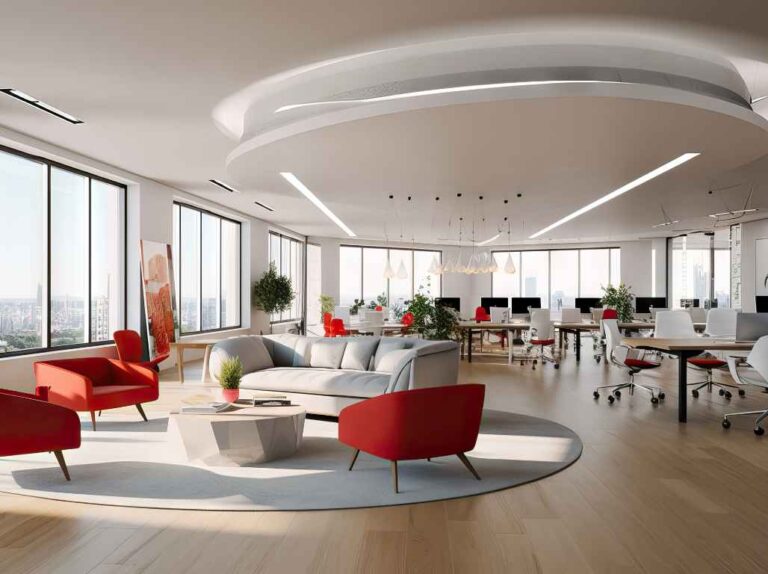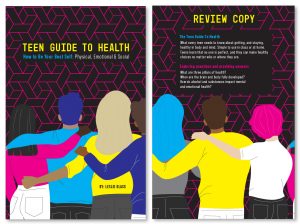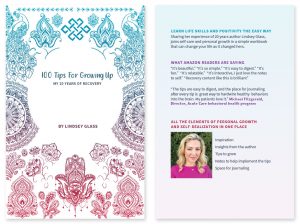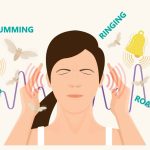How Office Lighting Influences Employee Sleep and Mental Health
Office lighting influences far more than visibility; it directly shapes sleep cycles, mental health, and day-to-day energy. Exposure to specific wavelengths and intensities can either sharpen focus or quietly disrupt circadian rhythms, leaving workers fatigued. From healthcare units to open-plan tech offices, the type and timing of light determines productivity levels, safety outcomes, and overall workplace wellbeing.
Advances in tunable LEDs and programmable controls now give organizations tools to regulate light in alignment with natural rhythms. Subtle adjustments—cool brightness in the morning, warmer tones toward evening, and restorative low-light zones—create conditions that reduce stress and improve recovery. Thoughtful design not only improves mood but also cuts hidden costs tied to absenteeism, fatigue, and diminished performance.
Office Lighting Can Align With Natural Sleep Rhythms
Unbalanced lighting contributes to glare, eye strain, and reduced concentration, especially in offices that rely on a few overhead fixtures. A layered approach—combining ambient sources, diffused task lamps, and wide spread distribution—creates an even field of illumination that eases visual effort. This balance keeps screens and documents clear without taxing the eyes, supporting steadier energy throughout the workday.
Personalized adjustment remains essential for diverse teams. Local dimmers, movable desk lamps, and programmable presets let workers fine-tune their environment without disrupting colleagues. When integrated into a busway system, these flexible fixtures can be positioned or relocated with ease, maintaining uniform coverage while adapting to shifting layouts. Such refinements reduce mental fatigue and sustain sharper focus across long shifts.
Office Lighting Can Reduces Visual Strain to Protect Mental Energy
A desk lit by a single bare bulb turns every screen into glare. Harsh overheads and uneven distribution force frequent pupil shifts and sap mental energy. Layered lighting—soft ambient, directional task lamps and wide diffusers—lowers contrast and prevents hotspots. Keeping task-to-background luminance near 3:1 cuts visual effort.
Personal brightness controls help late-shift workers and anyone sensitive to glare. Local dimmers, adjustable desk lamps and evening presets reduce overstimulation while keeping visibility. Shared zones gain from uniform ceilings and indirect cove lighting to avoid hotspots. One useful setup is task lamps with local dimmers plus an evening preset that lowers ambient output to about 40%, easing the shift toward calmer work.
Office Lighting Can Diffuse Stress Responses
A dimmed communal lounge with indirect cove lighting and frosted diffusers cuts glare and lowers physiological arousal. Aim for 150–250 lux in break areas and position fixtures to avoid direct light at eye level. Soft, even illuminance reduces sudden contrast shifts that can spike cortisol and keep interactions calmer.
Maintain a steady baseline across adjacent zones to prevent subconscious startle when people move between spaces. Keep task-to-background contrast under 5:1 and use desk lamps for 300–500 lux task needs. Dimmable presets let teams pick focus or relax scenes; start with a two-scene setup—cool 400 lux for tasks, warm 40% output for breaks—and note staff response.
Office Lighting Can Support Focus Without Overstimulation
A coder at a tidy workstation illustrates how focused lighting cuts decision friction. A narrow task beam delivering ~600 lux at the desktop keeps eyes steady while ambient light around 150 lux avoids competing highlights and lowers brain effort. Keeping contrast near 4:1 reduces rapid pupil shifts and mental churn.
Marking rooms by function helps; focus booths get brighter, collaboration zones stay softer, and corridors keep steady low output. Presets and local dimming stop constant fiddling and help teams settle into rhythm. A practical pairing is a 600-lux task fixture over a 150-lux ambient plane, a subtle nudge toward clearer function and easier transitions.
Office Lighting Designs That Promote Midday Recovery
Midday breaks are most restorative when paired with lighting that reduces arousal rather than stimulating it further. Soft, indirect fixtures around 150 lux create a calm backdrop that allows the mind to reset. Positioning seating away from direct glare and busy pathways fosters comfort, while warm task lamps add a gentle glow without disturbing circadian balance.
Recovery spaces also benefit from daylight-mimicking elements that sustain internal rhythms without overstimulation. High-CRI LEDs, skylights, or timed dimming can preserve alignment while keeping the environment restful. Scheduling a short, low-light retreat between early and late work blocks helps reduce stress buildup, sharpen focus, and prepare employees for the second half of the day.
The built environment profoundly shapes how employees sleep, recover, and perform. Lighting that balances brightness, reduces glare, and shifts in tone across the day supports natural rhythms and mental clarity.
Thoughtful design choices—from restorative break zones to task-focused setups—help lower stress and sustain energy. Aligning light with biological cycles transforms workplaces into environments that foster health, sharpen focus, and strengthen resilience. The result is a workforce better equipped to meet challenges with clarity and consistency while enjoying deeper recovery each night, creating benefits for both employee wellbeing and organizational success.
More Articles To Read
4 Office Safety Tips Every Business Needs
Tips To Adapt Your Home For Safety
Unbearable Heaviness Of Clutter
Surprising Power Of Home Renovation
Time To Declutter And Prepare For The Season





















